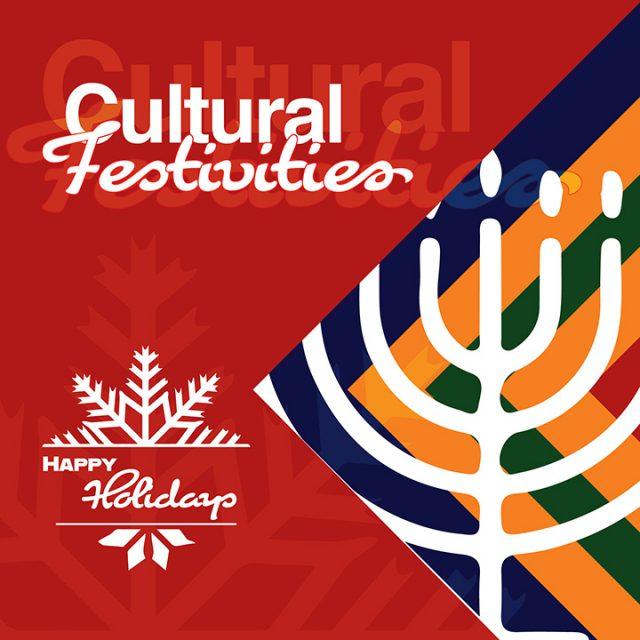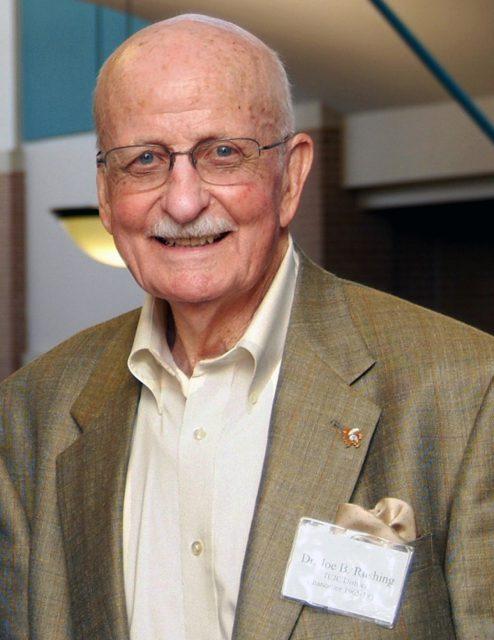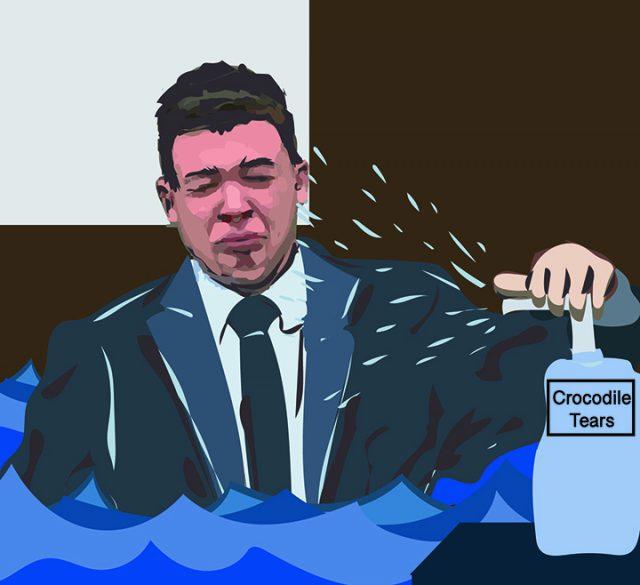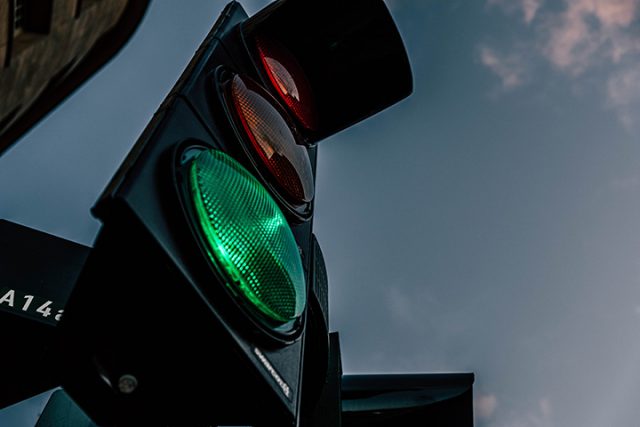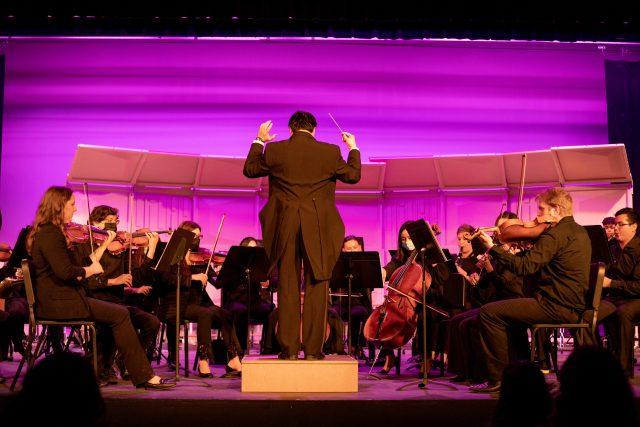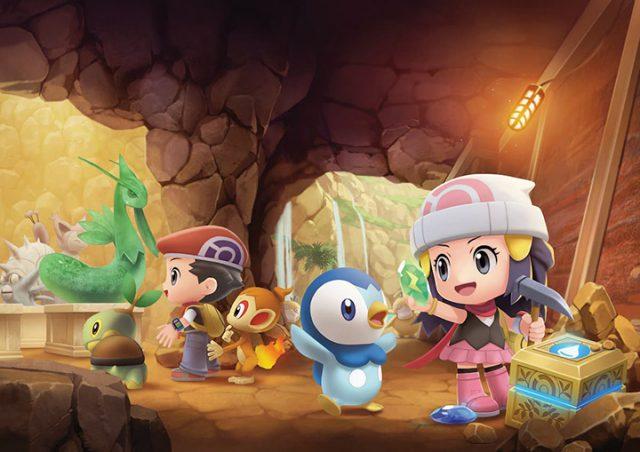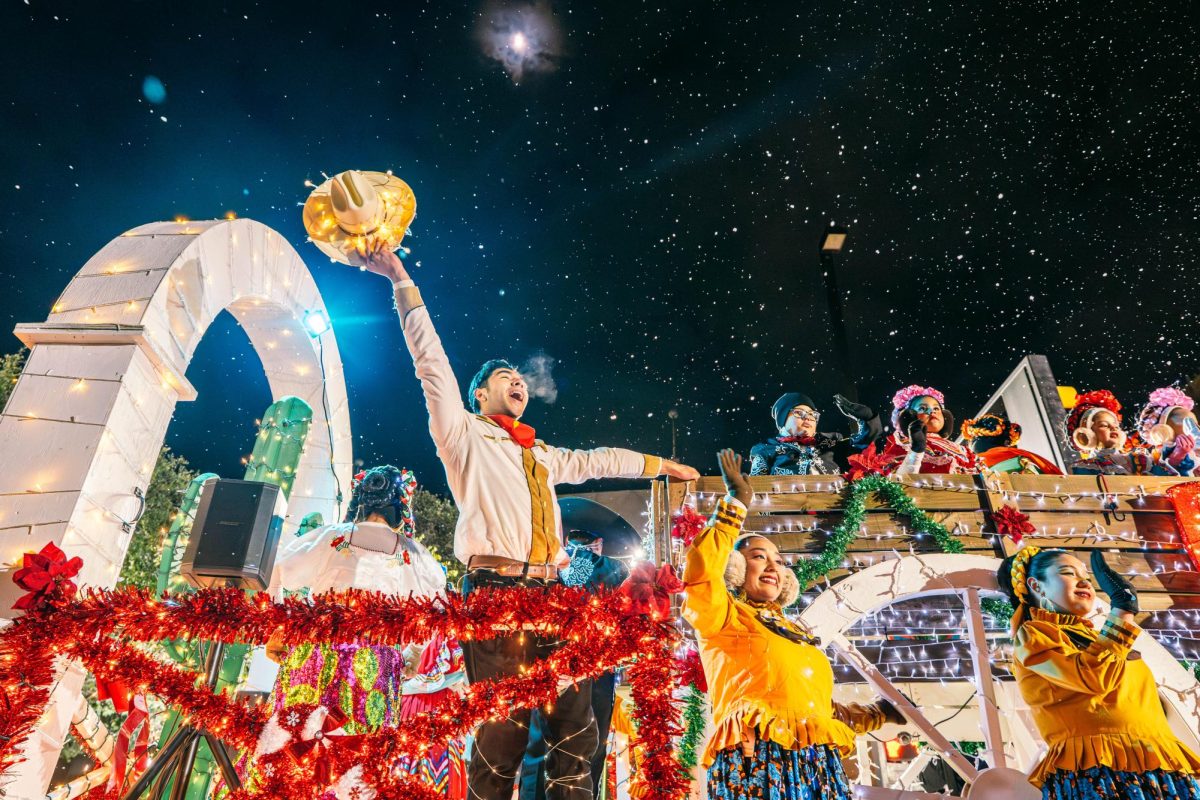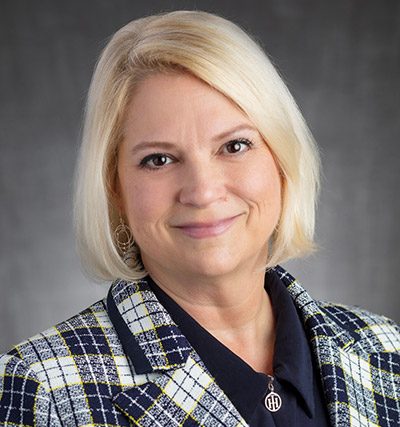Various ways multiple cultures celebrate holidays in America
Juan Salinas II
campus editor
The United States is a melting pot of different cultures and beliefs, so holidays celebrated in December vary.
One of the most common holidays celebrated in the U.S. is Christmas. Common traditions are gift exchanges with family and friends, setting up a festive tree, hanging ornaments on it and decorating the house with colorful lights and inflatables.
Baking snickerdoodles, fudge and multiple desserts such as cheesecake and gingerbread cakes are common desserts seen during the holiday season.
There are different twists to the traditional Christmas. Some families celebrate on Christmas day by opening gifts delivered by “Santa Claus” and having a dinner similar to Thanksgiving.
Hispanic households will often celebrate on Christmas Eve, exchange gifts at midnight and have dinner before that.
Dinners usually feature tamales, which are made of masa — maize dough — steamed in a corn or banana leaf that can be filled with various meats or beans and cheese. Another popular dish is pozole. Pozole is a stew with meats, usually pork and hominy, with different types of toppings such as shredded lettuce or cabbage, chile peppers, onion, garlic, radishes, avocado, salsa or limes.
Jewish people celebrate Hanukkah or the Festival of Lights. It started Nov. 28 and ended Dec. 6. It’s celebrated by lighting up a menorah — which is a nine-branched candelabrum — and each candle represents a day out of the eight days of Hanukkah. The tallest candle that is located in the middle is called “Shamash,” and is used to light up the other eight candles.
Since oil is vital to the celebration of Hanukkah, most of the food is cooked in it. An example would be latkes, which is a type of potato pancake, and brisket. There is also a noodle casserole dish called “kugel” that can either be savory or sweet, depending on the recipe.
Jewish people also exchange gifts for each day of the celebration, even though gift-giving was not a traditional part of the celebration until the late 1800s.
A different religion is the not only reason why one might celebrate a different holiday. Take Kwanzaa, for example. It was created by Maulana Karenga — a professor of African studies at the California State University Long Beach — in 1966 to promote a connection with African culture for Black Americans.
Its popularity peaked in the ‘80s and ‘90s but has been on the decline ever since. Only 2.6% of those who plan to celebrate winter holidays said they would celebrate Kwanzaa, according to a 2019 survey by the National Retail Federation.
Kwanzaa started Dec. 26 and ends Jan. 1. Each day represents a key-value: Unity, self-determination, collective responsibility, cooperative economics, purpose, creativity and faith.
Kwanzaa also has candles to represent each day like Hanukkah, but Kwanzaa has different colored candles. Three green, three red and one black. The black candle represents African people, red represents the struggles that Black Americans have faced and green Symbolizes hope and the future.
Each day, loved ones talk about one key value and the last day is a feast that includes traditional African or African American cuisine such as Cajun catfish.
























